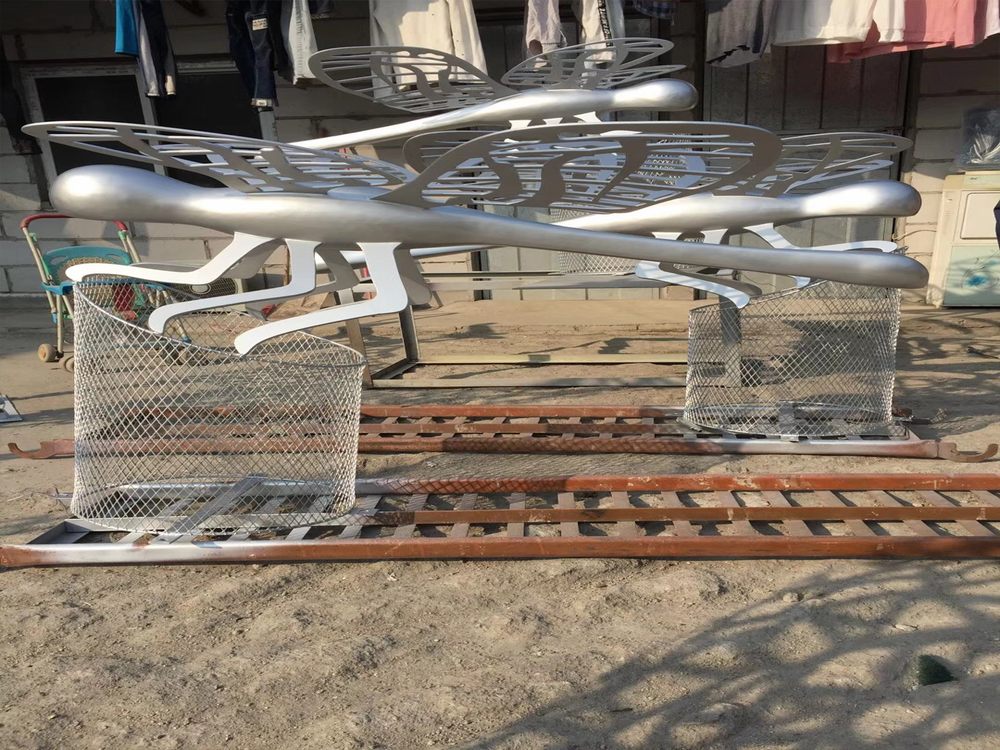
Metal sculptures have long served as a testament to human ingenuity, reflecting the evolution of metallurgy and material science throughout history. From ancient bronze castings to contemporary stainless steel installations, these artworks embody technological progress.
Early civilizations mastered bronze casting, creating intricate sculptures that demonstrated their understanding of alloy composition and heat treatment. The Renaissance saw ironwork flourish as blacksmiths developed new forging techniques. Today's sculptors utilize aerospace-grade aluminum, titanium alloys, and even shape-memory metals that respond to environmental stimuli.
Modern metal sculptures incorporate cutting-edge technologies like 3D printing and laser cutting, allowing for previously impossible geometries. Artists now experiment with self-healing coatings, corrosion-resistant alloys, and lightweight composite materials developed through materials science research.
The durability of contemporary outdoor sculptures showcases advancements in protective treatments and patina control. Some works even incorporate smart materials that change color with temperature or generate energy through piezoelectric effects.
These artistic creations don't just decorate spaces - they serve as tangible records of our metallurgical capabilities, pushing boundaries in both art and engineering while inspiring future innovations in material applications.

